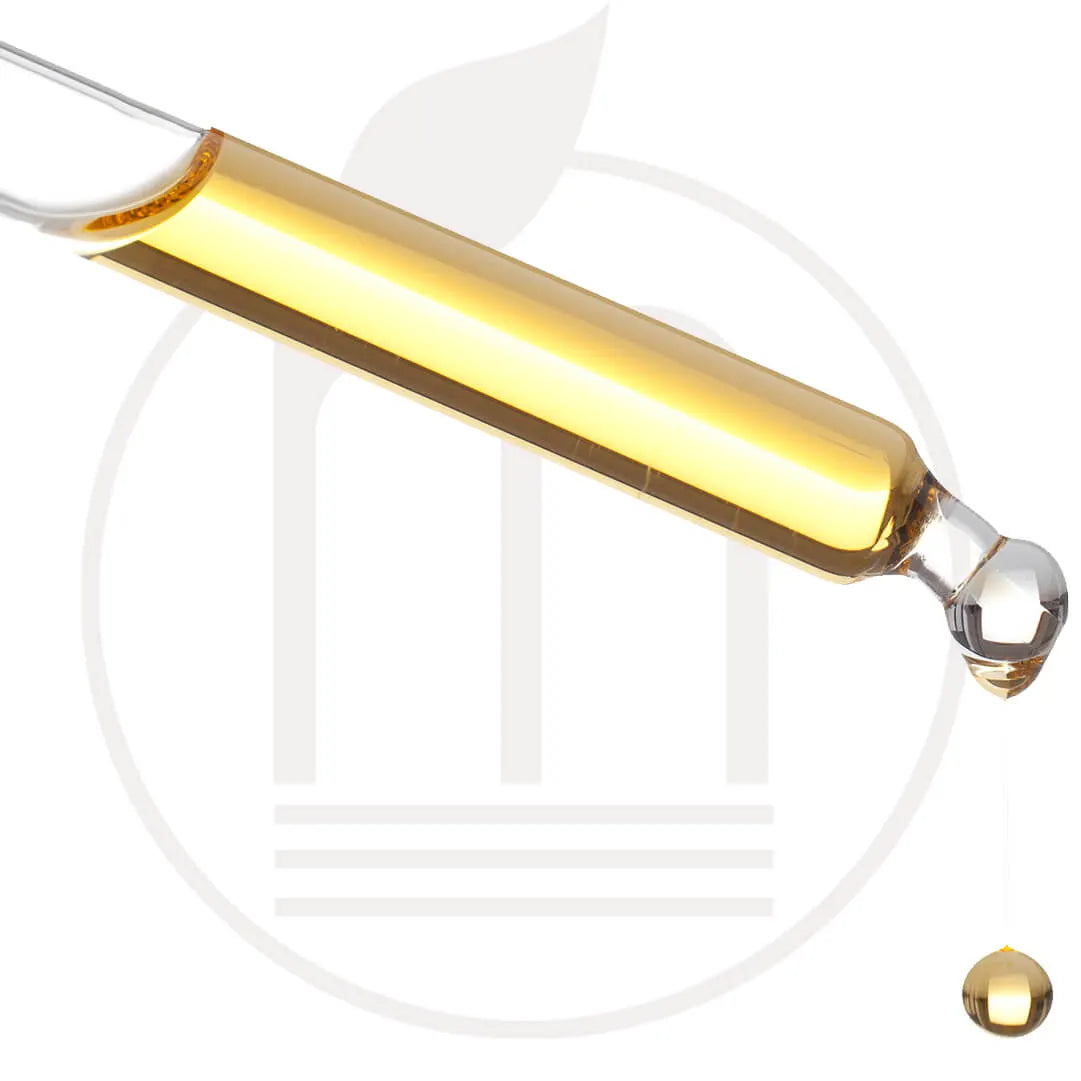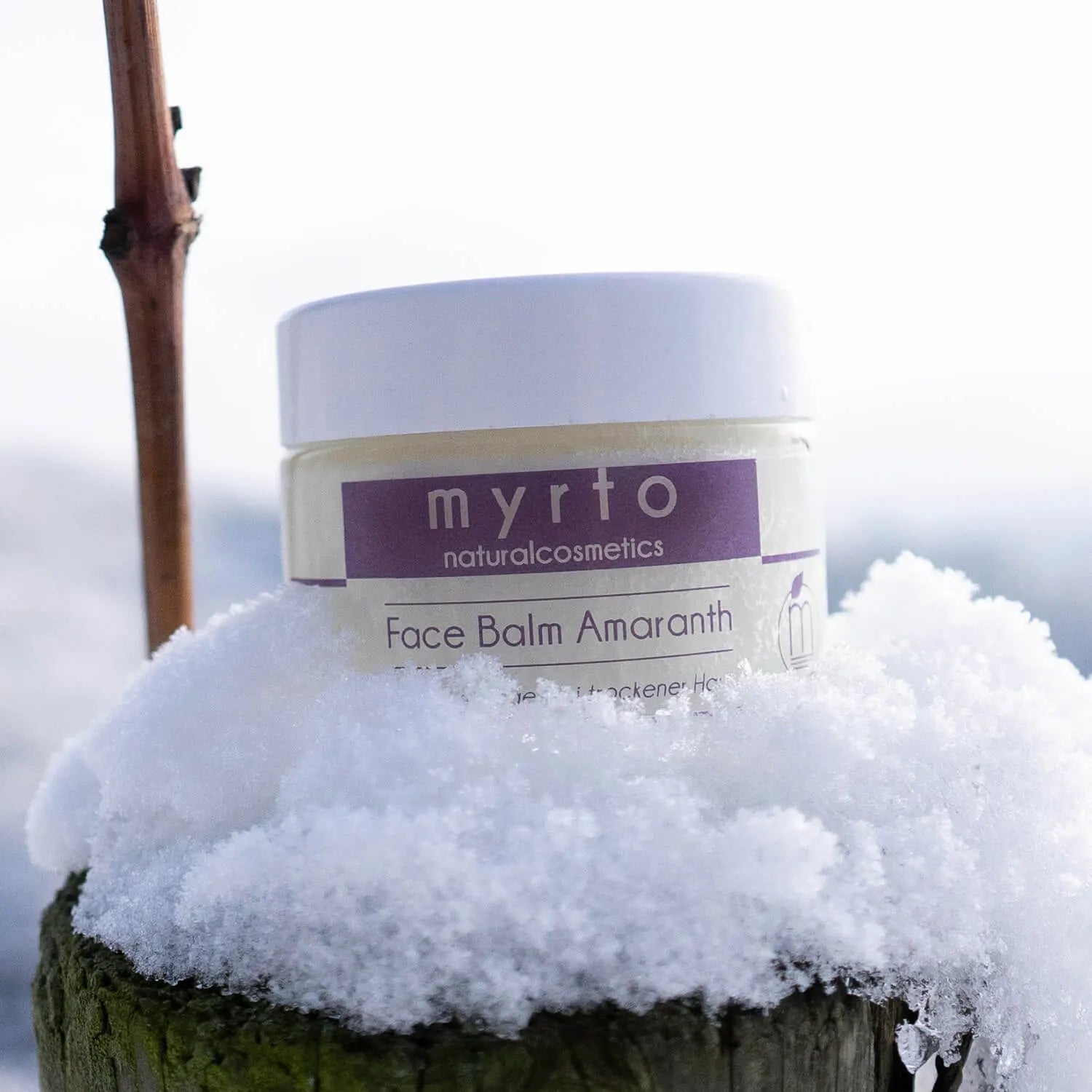
Comedogenic ingredients in facial care
Skin impurities and pimples have a variety of causes, the complexity of which makes them almost impossible to fully understand. Sometimes, however, the skin simply reacts sensitively to so-called comedogenic substances that are used in cosmetics.
What does comedogenic mean?
Comedo (Latin: comedere = to eat with) is the technical term for a blackhead, the precursor to a pimple. This is nothing more than a blocked pore, often with a blackish, greasy plug (blackhead) in the middle. If the skin is overly keratinized, the sebaceous glands become blocked and expand. This causes enlarged pores, which then lead to blackheads, inflammatory pimples, papules, pustules or underlayers.
A cream with comedogenic ingredients promotes the formation of comedones. Therefore, a non-comedogenic skin cream is essential, especially if you have oily or combination skin that is prone to blemishes, blackheads or spots.
There are no legal regulations regarding which products from cosmetics manufacturers can be described as "non-comedogenic". However, there are long lists of ingredients that are considered comedogenic. Each ingredient is assigned a factor between 1 and 5, depending on the level of comedogenicity. It is hardly possible to create a complete and generally valid list of comedogenic ingredients because individual skin reactions can be very different. You can find a list of comedogenic ingredients here, for example: https://www.hautschutzengel.de/komedogene-inhaltsstoffe.html
To be really sure that your cosmetics do not contain comedogenic ingredients, you should check the individual ingredients on the INCI list, for example at Codecheck, and also compare them with the list of comedogenic ingredients.
Which ingredients are comedogenic?
-
Comedogenic ingredients from mineral oil
Cosmetic ingredients made from mineral oil such as paraffins, silicones, Vaseline (petrolatum), PEG-based emulsifiers and synthetic surfactants made from petroleum raw materials such as SLS (sodium lauryl sulfate), SLeS (sodium laureth sulfate) or artificial fragrances are considered to be particularly comedogenic. Mineral oil-based ingredients are not permitted in natural cosmetics. -
Comedogenic animal fats
Lanolin/wool fat or wool wax alcohol (lanolin alcohol), both approved ingredients for natural cosmetics, also tend to clog pores. -
Comedogenic plant oils
Some plant oils can also promote impurities: cocoa butter, linseed oil, peanut oil, wheat germ oil, corn germ oil, olive oil or coconut oil. Comedogenic oils are not suitable for impure skin, but can still provide well-tolerated, particularly rich care for mature and dry skin. -
Comedogenic ingredients from palm oil
Especially in natural cosmetics, the ecologically controversial palm oil is hidden behind various, sometimes changing names. Unfortunately, it often makes up the largest part of the lipid phase in natural cosmetic creams and lotions. Codecheck helps you to track down and avoid ingredients from palm oil in your cosmetics.
What is little known: The palm oil-based emulsifiers, co-emulsifiers and consistency agents commonly used in natural cosmetics, such as glyceryl stearate, cetyl alcohol, cetearyl alcohol, stearyl alcohol or myristyl myristate, have a comedogenic effect. This means that they tend to seal the skin, clog the pores and promote blemishes such as blackheads, pimples and acne.
anti-comedogenic ingredients
Shea butter, babassu oil, hemp seed oil, prickly pear seed oil, rosehip seed oil and pomegranate seed oil, for example, have a low degree of comedogenicity. Particularly recommended, non-comedogenic plant oils for impure, oily or combination skin are jojoba, argan or grape seed oil. Jojoba oil regulates sebum production, cannot be metabolized by the dreaded acne bacteria and allows pimples to heal faster. Argan oil has an antibacterial effect against impurities, provides a lot of moisture and can visibly improve the appearance of acne-prone skin. Grape seed oil with its high linoleic acid content strengthens the skin barrier, ensures a smoother complexion and works against skin keratinization. Grape seed oil is also known for its tank-regulating and anti-inflammatory effect on skin problems. Grape seed oil is the main ingredient in the anti-inflammatory myrto grape seed facial care.
Plant extracts with antimicrobial, anti-inflammatory, soothing or redness-reducing active ingredients such as beta-glucan, green tea, licorice root, rosemary, sage, copaiba, lucuma or magnolia bark also have a powerful anti-comedogenic effect. Active ingredients such as hyaluronic acid, aloe vera or glycerin, which provide the skin with additional moisture, are also recommended against impurities.
Instead of the comedogenic palm oil-based emulsifiers, co-emulsifiers and consistency agents that are otherwise common in natural cosmetics, we at myrto only use shea butter. Shea butter as the sole consistency agent requires a high concentration in all skin creams and also requires a much more complex and time-consuming manufacturing process as well as significantly higher raw material costs compared to usual recipes with palm oil derivatives produced on a large industrial scale.




